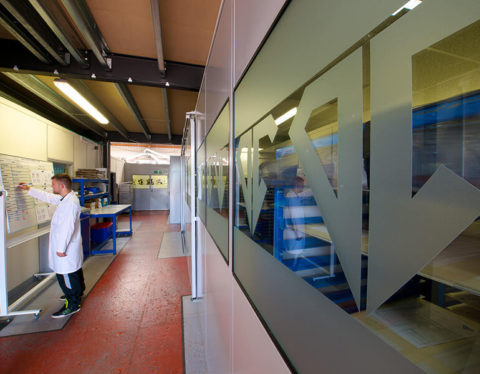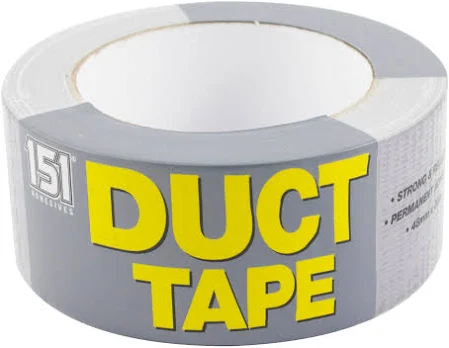
Coated Glass Factories
At Diamond Coatings, we’re not just about providing high-quality coated glass solutions; we’re also committed to manufacturing excellence
All orders placed between December 20th and January 2nd will be processed on January 3rd

Indium in Touch Screens
Cell phones have come a long way since the good old Nokias we used to love and the advancement in tech is possible with the combination of the internet and the touch screen.
Anywhere in public these days, people are more immersed in their phones than ever before. A cell phone is now so much more than a phone and have become a huge part of most people’s daily lives, with both positive and negative aspects. But can you imagine a world without touch screen enabled cells?
How do touch screens in cell phones work?
Most cell phones use a capacitive touch screen as this can handle multiple touches and gestures (such as swipes). A capacitive touch screen utilises a screen that is coated with a transparent conductive oxide, in most cases ITO – Indium Tin Oxide.
ITO is a very useful substance as it is both transparent and electrically conductive. When a thin layer of ITO is coated to the glass screen, the glass becomes conductive. By applying a uniform charge across the screen, the device can register a break in the circuit when a touch is applied.
Indium in touch screens
Indium was discovered in 1863. It gets its name from the Latin Indicium. A common word used today derived from the Latin Indicium would be ‘indicate’. Indicium was used as the basis of the name as Indium indicated a vivid beautiful violet line of the spectrum.
Combined with Tin and Oxygen, making Indium Tin Oxide, ITO is a widely used substance in many applications spanning across a range of industries. Common uses include smart windows, heater windows, capacitive switches, electron microscopy slides and, of course, touch screens. These are not just limited to cell phones and tablets; larger touch screens can be produced for retail, medical and military applications, for instance.
Diamond Coatings ITO
Diamond Coatings is now one of the leading global suppliers of Indium Tin Oxide glass. Located in Phoenix, Arizona, we are able to supply ITO coated touch screens in development or manufacturing volumes. We can produce in sizes up to a maximum of 1000mm x 1000mm, available in glass or plastic.
On request, we can also supply these screens with an anti glare finish and hard coat options. If you would like to know more about out Indium Tin Oxide glass options, please get in touch. A member of our team will get back to you as soon as is possible.

At Diamond Coatings, we’re not just about providing high-quality coated glass solutions; we’re also committed to manufacturing excellence

Our ITO films provide a transparent and conductive layer that enables seamless touch interaction while maintaining optimal clarity

Advancements in coating technology have led to the development of highly effective scratch-resistant coatings that enhance the durability and longevity of acrylic.

If your project requires a material that can effectively conduct electricity, several excellent alternatives to duct tape are available
If you are interested in any of our products or services, please use the contact form or give us a call, we will be happy to discuss how we may be able to help you.